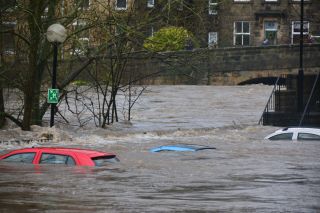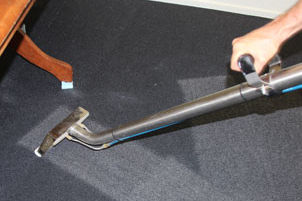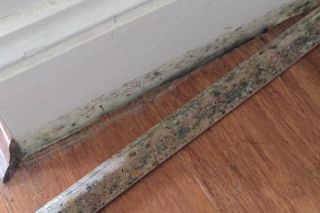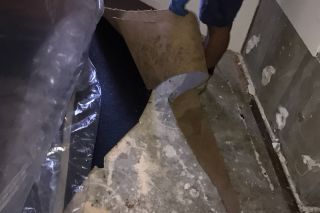How Australian Companies can prepare for the Storm Season
How can Australian businesses, property managers, and building managers prepare for the upcoming storm season? What can I do for my business to make sure I am safe, that my flood bill is non-existent, or as small as possible? How do I reduce downtime after a disaster?

#La Nina Announced
Yesterday the Bureau of Meteorology announced that Australia is officially heading into a La Niña season, extending at least until the end of 2020, and perhaps well into 2021. In our last post, we discussed ways that homeowners and tenants can prepare for flooding. However, businesses need insights too, and that’s what this article is here for.
We’ll include some of the more obvious tips, as well as tips and tricks that we’ve picked up from all our years of water damage restoration.
General Tips
Here are the standard flood management tips you’ll see on Google for businesses. These are all helpful, but they’re mostly fairly obvious.
Check your insurance policy and ensure you’re covered for flood damage. Some insurance policies will list flash-flooding as a separate type of risk from regular flooding, so make sure you fully understand what you’re covered for.
The insurance company wants the clearest picture possible of the damage, so a slow walkthrough with your phone camera (both before a flood and again after it) can be extremely useful.
Update your emergency procedures, signage, and employee emergency details.
Make sure your emergency kit and first-aid kit aren’t expired. You can buy pre-built first-aid kits cheaply these days; having a couple of extra on-hand is always valuable.
Uncommon (but helpful) Tips
Find your catchment area from this map and bookmark this page from the BOM. You can check the second link regularly to make sure you’re up to date on weather conditions in your area, and spot flood warnings early.
Do you have on-hand the practical flood-fighting tools: buckets, sandbags, mops, squeegees, gumboots? Outdoor brooms are also very effective at moving water, and unlike the other suggestions, may not be sold out as soon as the rain starts coming down.
If you’re the kind of business that operates through flooding (such as us at NLR Restoration), make sure you have all the basics checked off: do you have enough casual staff on hand for extra work? Do you have enough PPE, enough equipment? Is everything test-tagged?
If you’re operating extractors or other electrical equipment in flood areas, running all equipment through an RCD is essential to safety. Increasing stock on consumables is often a good idea. Running stock close to zero is dangerous, especially when storm season is rapidly approaching. It only takes one flood in the wrong area, and consumables may not be able to be replenished for weeks
#Building after a flood event
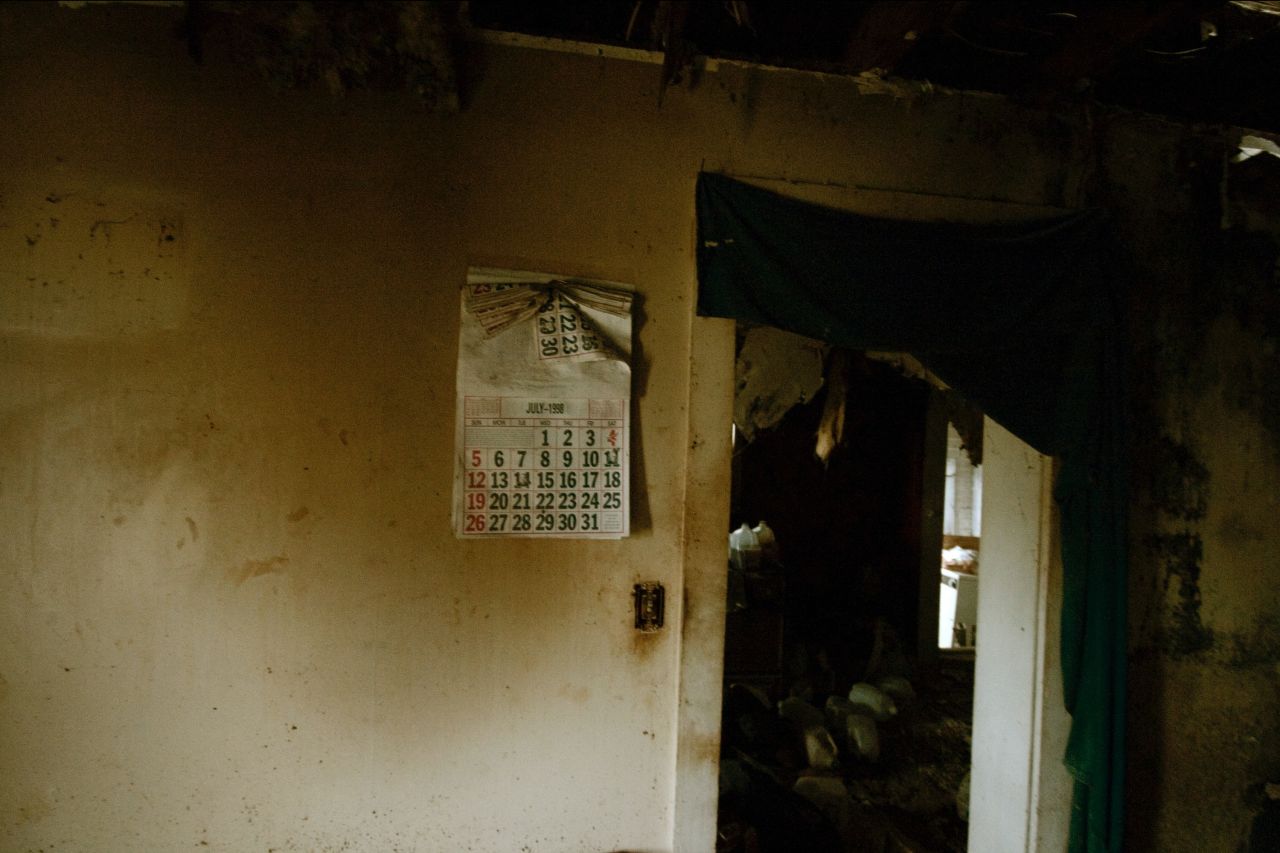
Water Damage Tips for Property and Building Managers:
Find and digitize your floor-plans, if you haven’t done so already. Restorers will ask for floor-plans, electrical plans, and plumbing plans on the first day, and this can save you thousands of dollars of wasted time and trial-and-error costs, and will increase the quality of mitigation, as power loads are able to be balanced most efficiently.
For larger mitigation works, you may wish to request a reverse brief. Larger restoration companies will all be able to produce these without much effort, and it's an easy way to weed out companies that may not have the capacity to handle large jobs.
Problems to Avoid as a Building Manager
Solving three key problems can increase both the speed and quality of restoration works:
A lack of keys: restorers aren’t able to mitigate through locked doors, and they can’t break down doors, so if your building security policy allows for it, you may wish to cut extra copies of master keys.
Delayed entry notices: figuring out who is allowed to issue RTA Form 9 - Entry notices prior to flood events is crucial. Due to complex management structures, it can take some time to determine who is responsible for entry notices in larger jobs.
Delayed written authority: many restoration companies have a policy that they will not begin mitigation works without first given authority in writing. Sometimes this is as simple as a one-line email, and sometimes it may be a signed authorisation form given to you by the restorer. Either way, the faster approval is given, the earlier mitigation can begin.
Hopefully this information has proved to be useful and helpful for you. As one of Queensland's biggest restorers, we've definitely seen our share of jobs when water damage hasn't been properly prepared for. If you think you are at risk this storm season, reach out to us at enquiries@newlife.net.au or call us on 1300 356 633. We are always happy to chat about how to prepare, and help put action plans in place if these issues do eventuate.
